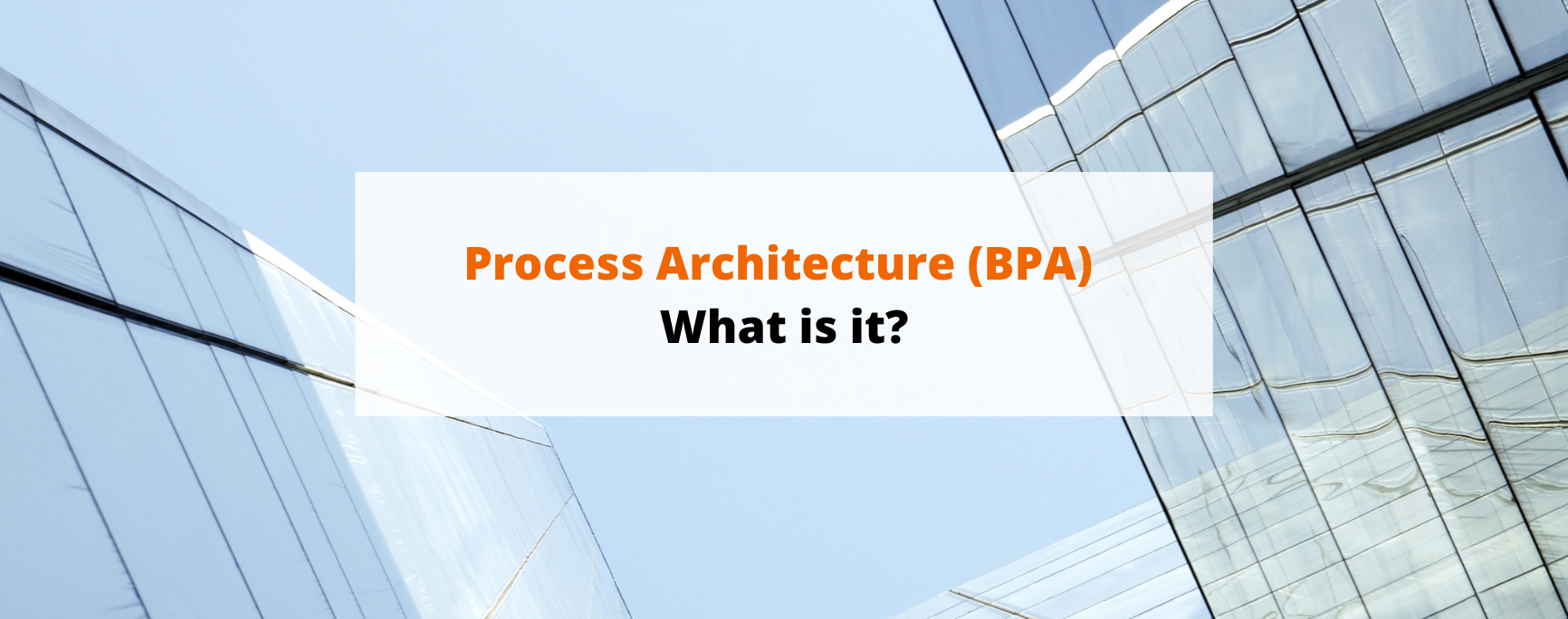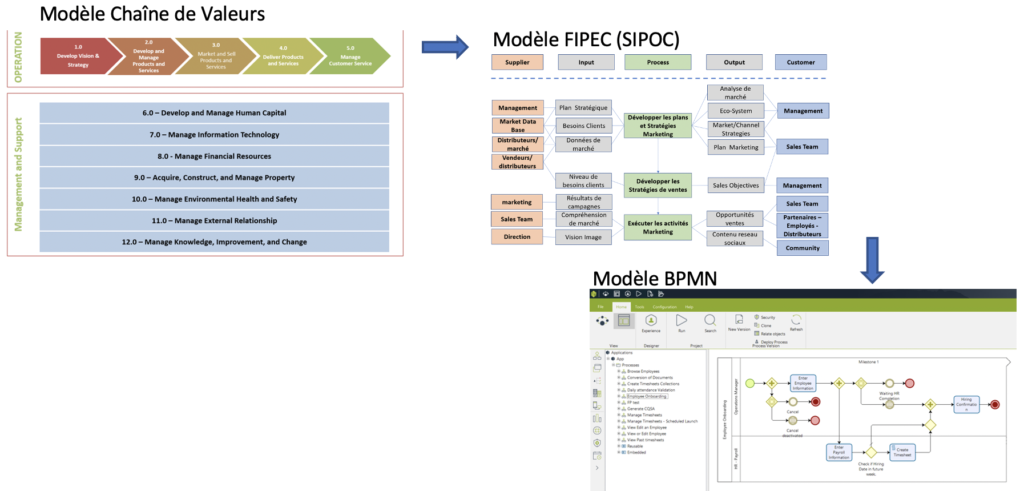
What is a Business Process Architecture (BPA)
A process architecture is something quite specific that will evolve over time. It is a hierarchical model of an organization’s business processes. Typically created to include at least the top two hierarchical levels of your processes, process architecture provides a powerful tool for visualization and management.
Over time, Business Process Architecture (BPA) encompasses not only the hierarchical description of process activities but also resources, documentation, performance metrics, measurement methods, and associated governance arrangements.
Process architecture is one of the important components of enterprise architecture (read our article on enterprise architecture and our other article on the interrelationships between business architecture and strategic planning).
A common comment I often hear from managers, especially senior executives, is that the architecture frameworks they encounter are too complicated and offer limited practical benefits in day-to-day operational management. They want something practical, proven, and efficient.
Process architecture is a simple, yet not simplistic, view of how the organization creates, accumulates, and delivers value. It is a practical and pragmatic management tool.
Figure 1 below illustrates a simple way to present process architecture.
- Level 1: The Why: The purpose of the company represented by a value chain model (Porter).
- Level 2: The What: What you deal with in terms of inputs and outputs. This second level is represented by a SIPOC diagram.
- Level 3: The How: How you process information and decide on actions to take. It is often presented using a BPMN (Business Process Model and Notation) diagram (Swim Lane).

After documenting a process architecture, the next obvious question is how to measure and manage the performance of the identified processes. This is a topic for another article. Suffice it to say here that BPA must be maintained and that it should be done in a controlled and coordinated manner. This is at the heart of process-based management.
Utilizing a Process Architecture
A well-formalized process architecture is a powerful management and decision-making tool that can be used in various ways, some of which are described below:
- Focusing on value
- If processes are to be managed and improved, they must be defined, measured, and communicated – that’s the purpose of process architecture.
- Focus the organization on delivering value. If you develop and maintain process architecture adequately, you will consistently focus on delivering value through business processes.
- Gain agreement on process deliverables. To agree on process architecture that brings value, it is necessary to come to a consensus on the processes, the value they should provide, and to whom. If a process deliverable does not bring value, eliminate that deliverable and simplify the process.
- Facilitate process management (BPM)
- To focus everyone on creating value, process performance must be defined, measured, reported, and discussed.
- Understanding process interdependencies. No process exists in isolation; changing one process will affect others as well. Process architecture reveals these interdependencies.
- Prioritizing process analysis/improvement activities. Every organization has numerous processes. Where is the return on investment in analyzing and improving them?
- Coordinating the management of the process improvement project portfolio (read our other article on the process roadmap). The output of one process is an input to another. Uncoordinated process changes could simply create a new problem in another process.
- Developing and maintaining a process architecture is not abstract; it is about providing practical, proven, and efficient support for achieving organizational performance objectives through coordinated improvement.
- Coaching process owners is essential to ensure consistency in practices and maintain the organization’s momentum.
- Improve communication
- Engage in conversations that provoke thought. When you ask ‘who are our customers and what values are they seeking?’ be prepared for powerful and valuable discussions.
- Involve all stakeholders (internal and external). To develop an engaging process architecture, a list of stakeholders and an assessment of the value they receive are prerequisites.
- Provide a repository of information about the organization’s processes. A BPM (Business Process Management) model provides a single location where all process information can be stored or linked. Turn it into an intranet and collaboration portal.
Need assistance? Visit our Process Management Services page or contact us.
Subscribe to the Eficio newsletter and be the first to receive our updates!

